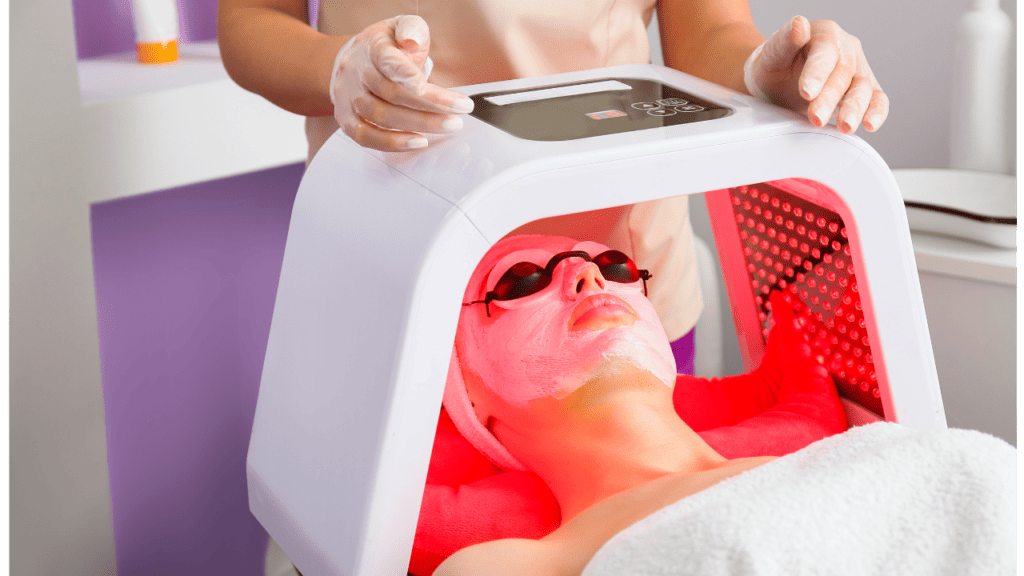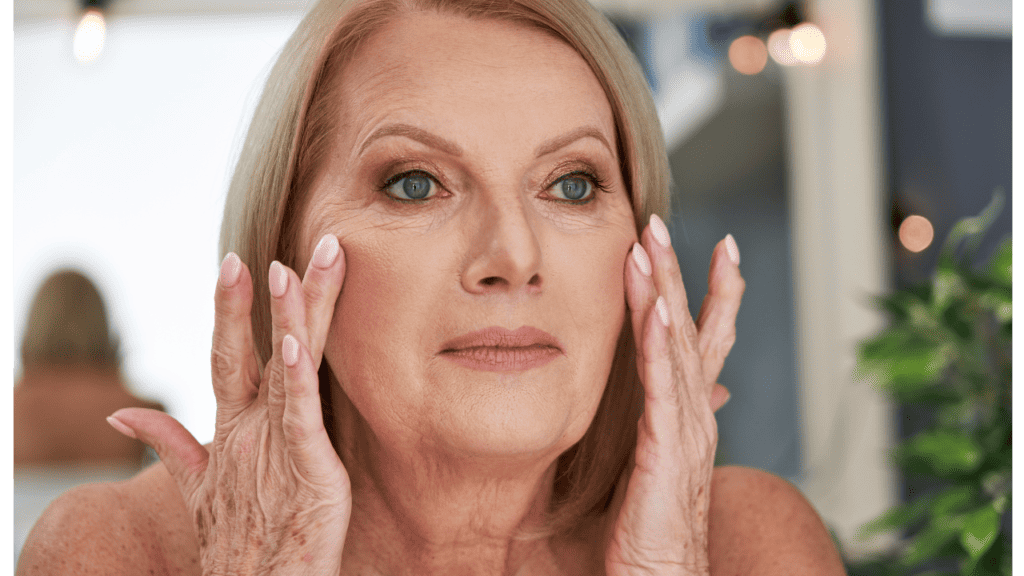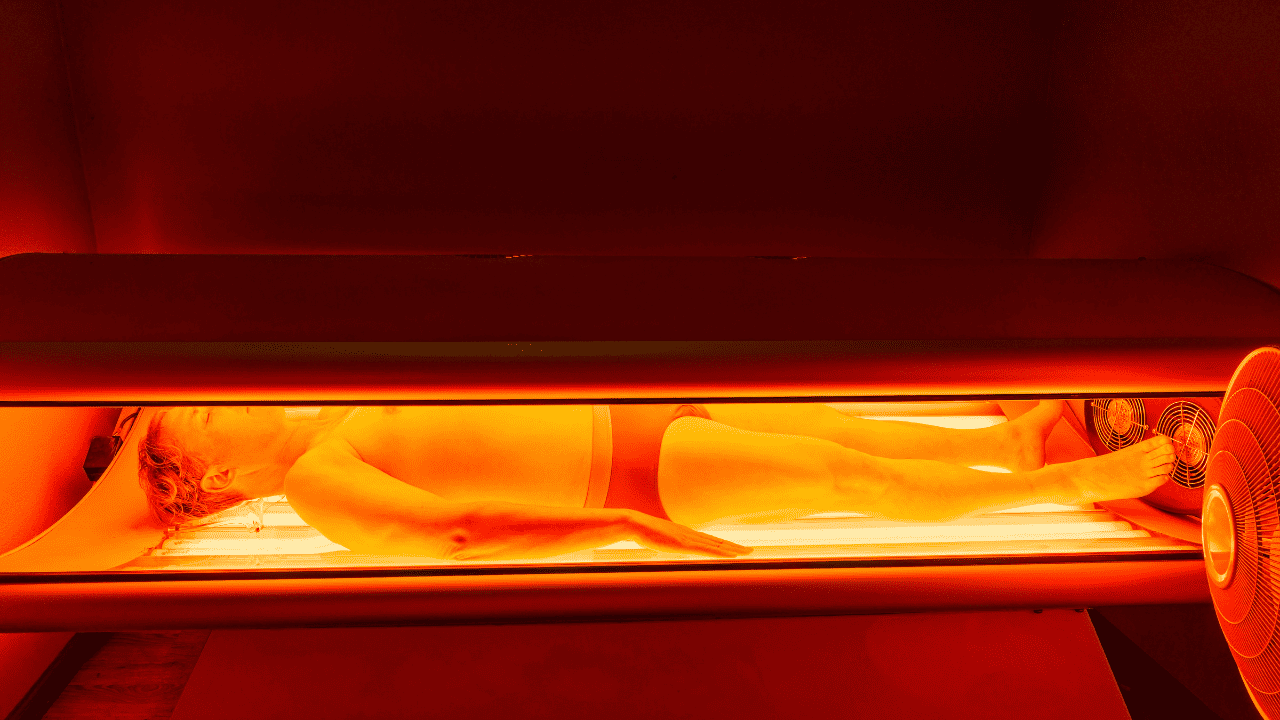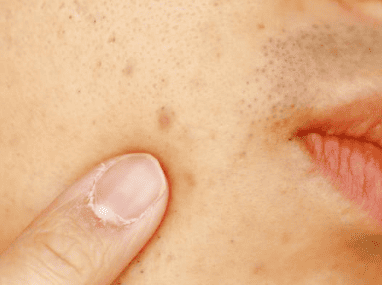Welcome to the enlightening world of Red Light Therapy – a revolutionary approach in the realm of skincare. In recent years, Red Light Therapy has emerged as a topic of considerable interest and, with it, a host of myths and misconceptions. This therapy, employing low-wavelength red light, is often shrouded in mystery, leading to various unfounded beliefs about its effects on skin health. The purpose of this blog is to demystify Red Light Therapy, separating fact from fiction. We aim to provide an evidence-based perspective, clarifying the true nature and benefits of Red Light Therapy for your skin. Whether you’re a skincare enthusiast or a curious newcomer, this journey into the truth about Red Light Therapy will be both informative and transformative, as we debunk common myths and unveil the real potential of this fascinating skincare technology.
Key Takeaways
- Red Light Therapy is a safe and effective method for improving skin health, without the risks of UV damage.
- Red Light Therapy should be used as part of a holistic skin care routine, not as a replacement for other treatments.
- Consistent, guided use of Red Light Therapy yields the best results, with benefits accumulating over time.
Common Myths about Red Light Therapy

Myth 1: Red Light Therapy Causes Skin Damage
Contrary to popular belief, Red Light Therapy does not cause skin damage. This myth likely stems from the general caution around exposure to UV light, which can indeed harm skin. However, Red Light Therapy uses low wavelength red light, which is gentle and non-invasive. Studies have shown that Red Light Therapy, within recommended usage guidelines, does not damage skin cells. In fact, it can improve cell function and rejuvenation.
Myth 2: Red Light Therapy Can Replace All Other Skin Treatments
Red Light Therapy is a promising skin treatment, but it’s not a panacea. It works best when integrated into a broader skincare routine. Red Light Therapy can enhance collagen production and reduce inflammation, but it doesn’t directly address issues like cleansing or moisturizing. Dermatologists often recommend using Red Light Therapy alongside other treatments for a holistic approach to skin health.
Myth 3: Immediate Results Are Guaranteed
Red Light Therapy isn’t a quick fix. While some users report immediate improvements, the effects of Red Light Therapy typically develop over time. Consistency is key. Results depend on factors like skin type, age, and the specific skin condition being treated. It’s important to manage expectations and understand that Red Light Therapy is part of a long-term skin care strategy.
- Read More: Fundamentals Of Red Light Therapy For Skin Health
- Read More: The Ultimate Guide To Red Light Therapy For Skincare: Unlock Radiant, Youthful Skin
Proven Benefits of Red Light Therapy for Skin

Collagen Production and Anti-Aging Effects
One of the most lauded benefits of Red Light Therapy is its ability to stimulate collagen production, a crucial protein for maintaining skin elasticity and strength. Clinical studies have shown that Red Light Therapy can reduce the appearance of fine lines and wrinkles, leading to smoother, more youthful-looking skin.
Treatment of Skin Conditions
Red Light Therapy has been used effectively to treat various skin conditions, including acne, psoriasis, and rosacea. Its anti-inflammatory properties help reduce redness and irritation, while also promoting faster healing. Notably, Red Light Therapy doesn’t have the harsh side effects often associated with traditional treatments for these conditions.
Wound Healing and Inflammation Reduction
The healing benefits of Red Light Therapy extend to wound care. By promoting cell regeneration and reducing inflammation, Red Light Therapy can accelerate the healing process. This makes it a valuable tool in treating skin injuries, post-surgical wounds, and even in reducing the visibility of scars.
How to Use Red Light Therapy Safely

Recommended Dosage and Duration
For optimal results, it’s important to follow recommended guidelines for Red Light Therapy usage. Overuse can diminish benefits or potentially cause mild side effects. Most experts suggest starting with short sessions, gradually increasing as your skin adapts.
Choosing the Right Equipment
Selecting the right Red Light Therapy device is crucial. Look for FDA-approved devices and consider features like light wavelength and intensity. Consulting with a dermatologist can provide personalized advice based on your skin’s needs.
Potential Side Effects
While Red Light Therapy is generally safe, some people may experience mild side effects like redness or irritation. These are usually temporary and subside quickly. If you have specific skin concerns or a history of photosensitivity, consult a healthcare provider before starting Red Light Therapy.
Conclusion
In debunking common myths about Red Light Therapy, we’ve uncovered its true potential as a safe, effective tool for skin care. While it’s not a standalone solution, Red Light Therapy offers numerous benefits, from anti-aging to wound healing, when used correctly as part of a comprehensive skin care regimen.
Frequently Asked Questions
Can Red Light Therapy cause cancer?
No, Red Light Therapy does not cause cancer. Unlike UV light, red light therapy does not emit harmful radiation.
Is Red Light Therapy effective for all skin types?
Yes, Red Light Therapy is generally effective for all skin types. However, individual results can vary based on specific skin conditions and overall skin health.
How long does it take to see results from Red Light Therapy?
Results can vary, but many users start to see improvements within a few weeks of consistent use. For best results, it’s important to follow a regular treatment schedule.





